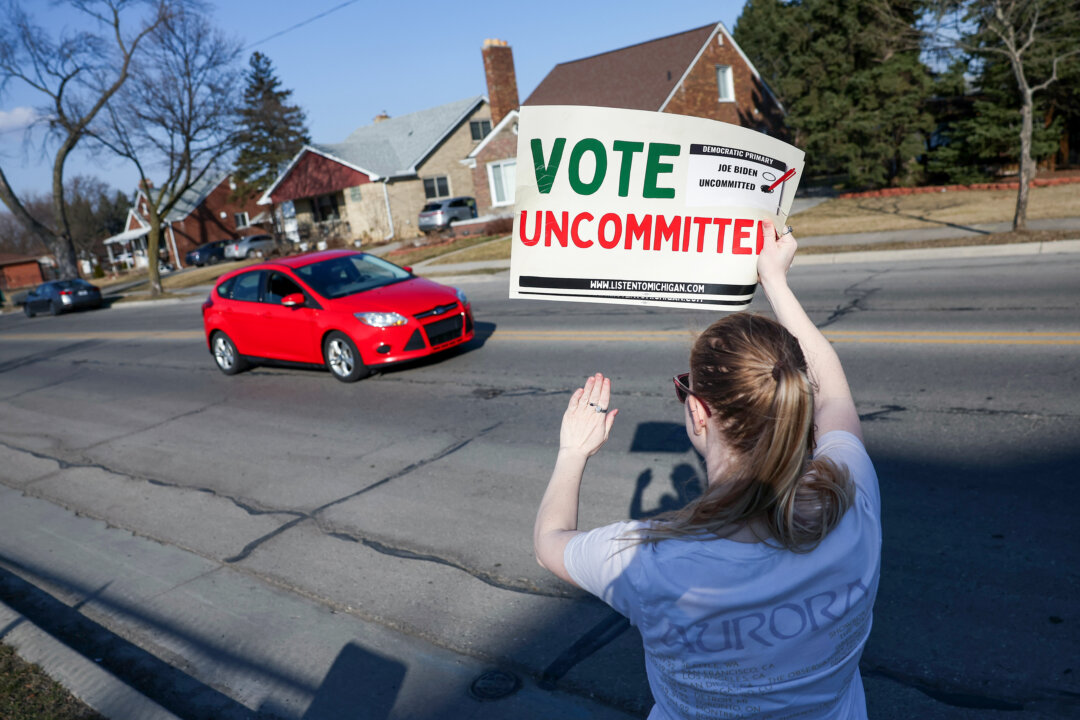
The Greens have vowed not to pass Labor’s latest housing package unless negative gearing and capital gains tax are phased out and rents are frozen. This week, Labor’s Help to Buy scheme was put to a vote in the Senate, but on Wednesday the Greens and the Coalition joined forces to vote for more time to consider the bill. The policy aims to help 10,000 applicants a year get a foothold in the housing market by loaning them 40 per cent of the price for a newly built home or 30 per cent for an existing home.
Prime Minister Anthony Albanese, pictured with Housing Minister Clare O’Neil, must strike a deal with the Greens or the Coalition to secure the passage of a key Labor housing policy. Credit: Louise Kennerley Labor moved away from changes to negative gearing and capital gains tax after taking the policy to the 2016 and 2019 elections, both of which the party lost. A final decision on Help to Buy is now due in November.

To get the scheme through the Senate, where Labor does not hold a majority, the Albanese government will need to strike a deal with the Greens. Here’s what’s at stake. Why do the Greens want to phase out negative gearing and capital gains tax? The Greens are demanding the government phase out capital gains tax discounts in favour of indexation of the cost of an asset, as well as abolishing negative gearing for landlords with more than one investment property.
They also want the revenue from abolishing these discounts to be spent on more public housing. A refresher on negative gearing and the capital gains tax discount Negative gearing : when an investor purchases a property with a loan, and the rent they get from it is less than the costs (including interest, rates and maintenance) of owning it. When this happens, the investor can subtract the net loss from their other income, reducing their taxable income.
Capital gains tax discount : capital gains on assets (this can include things like shares, as well as housing) are taxed like other forms of income when you sell them, but with a 50 per cent discount if they’ve been held for at least 12 months. How long has Australia had negative gearing and capital gains tax discounts? Negative gearing has been allowed under Australian tax laws since 1936. It was meant to encourage investment in housing and increase supply, but was partly abolished for two years in 1985 under the Hawke/Keating government amid debate about its effect on housing affordability.
It was reintroduced in 1987 after average national rents rose, although the role of negative gearing in those rent rises is up for debate. The capital gains tax discount was introduced in 1999 by the Howard/Costello government to replace the indexation method that calculated real capital gains (in essence, accounting for inflation). The 50 per cent flat rate for the capital gains tax discount was considered a simpler option.
How many people are negatively geared or use the capital gains tax discount? Australian Tax Office figures show in the 2021-22 period, 1.3 million people were positively or neutrally geared (meaning they generated more, or equal rental income, compared to their costs), while 950,000 were negatively geared. Roughly 20 per cent of taxpayers are property investors, most of whom would benefit from the capital gains tax discount when selling their properties.
For individual investors, more than 40 per cent of their capital gains in the 2021-22 period were from property investments (as opposed to shares or other assets), according to the ATO. How much do these discounts cost the budget? Costings requested by the Greens from the Parliamentary Budget Office in June show negative gearing and the capital gains tax discount will cost the government about $176 billion together over 10 years from 2025 to 2035. In the 2024-25 period, the revenue foregone from negative gearing is estimated to be about $6.
9 billion, while capital gains discounts on residential properties are estimated to cost $5.4 billion. Nearly 80 per cent of the capital gains discounts in the 2024-25 period would flow to the top 10 per cent of income earners, according to the costings.
What are the pros and cons? Some argue that negative gearing has incentivised investment in housing, helping to increase supply and put downward pressure on rents and house prices. However, independent economist Saul Eslake says particularly when it comes to existing houses, negative gearing has just shifted who buys the property. “Every time a negatively geared property investor buys an established property, he or she is outbidding someone who’s trying to buy it in order to live in it,” he says.
Impact Economics and Policy lead economist Angela Jackson says negative gearing and the capital gains tax discount are problematic in the context of a broken housing system. “It’s just adding to demand, especially speculative demand,” she says. “If you had the housing market operating more efficiently, with supply side issues like approvals and stamp duty rectified, it might not be such a problem.
” Centre for Independent Studies chief economist Peter Tulip says there are fiscal reasons for abolishing negative gearing and capital gains tax, such as bolstering the budget, but that their effect on housing affordability is tiny compared to other reforms. “These tax concessions, we’re talking about a few per cent difference on house prices,” he says. “When we’re talking about zoning, we’re talking about effects of 30 to 50 per cent.
” What’s the verdict? While Labor might be wary of touching negative gearing – a policy which was widely reported to have cost them the 2019 election – Eslake says abolishing it would put downward pressure on property prices, improving the homeownership rate, and that capital gains tax also needs to be scrapped. Jackson says while the discounts are contributing to housing price rises, owning rental properties comes with legitimate expenses, which means completely abolishing negative gearing would need to be carefully considered. Tulip thinks there are bigger fish to fry when it comes to the housing affordability debate, but that there are reasonable arguments for revising the tax concessions.
Cut through the noise of federal politics with news, views and expert analysis. Subscribers can sign up to our weekly Inside Politics newsletter ..














